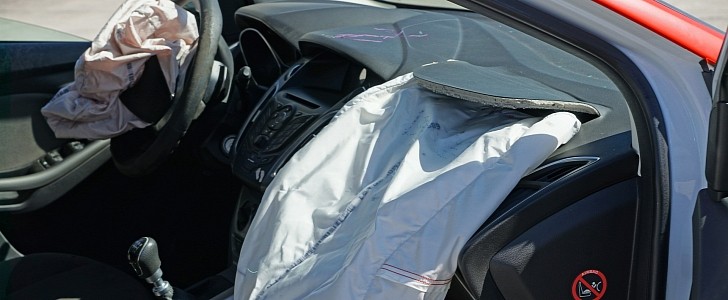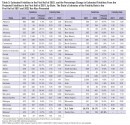The National Highway Traffic Safety Administration released its early estimates of traffic fatalities for the first half of 2022. More than 20,000 people died in car crashes, an increase of 0.5% compared to the first half of 2021.
This doesn’t seem like we’re doing very well, but this tragic statistic has a silver lining. According to the NHTSA report, road deaths declined in the second quarter of the year for the first time since 2020. Around 10,600 people lost their lives in car crashes from April through June, down 4.9% from the same period in 2021. Quarterly statistics showed that the number of road fatalities had been steadily increasing since the third quarter of 2020 until now.
“Traffic deaths appear to be declining for the first time since 2020, but they are still at high levels that call for urgent and sustained action,” said U.S. Transportation Secretary Pete Buttigieg. “These deaths are preventable, not inevitable, and we should act accordingly.”
There’s another good trend in the statistic, besides the decline in the second quarter. According to the NHTSA report, the road fatalities per 100 million vehicle miles traveled (VMT) rate is also down for the first half of the year. This happened because U.S. drivers spent more time behind the wheel, and driving increased by 2.8%, or about 43.2 billion miles, during the first six months of the year. Thus, the fatality rate for the first half of 2022 decreased to 1.27 per 100 million VMT, down from the projected rate of 1.30 per 100 million VMT in the first half of 2021.
In January, Secretary Buttigieg unveiled the National Roadway Strategy for reducing serious injuries and deaths on highways, roads, and streets. USDOT proposed adding four more advanced driver assistance system technologies to those NHTSA recommends. These include blind spot detection, blind spot intervention, lane-keeping assistance, and pedestrian automatic emergency braking. In addition, NHTSA has issued a Standing General Order to collect more data about crashes that occur when automated driving systems and advanced driver assistance systems are engaged.
“Traffic deaths appear to be declining for the first time since 2020, but they are still at high levels that call for urgent and sustained action,” said U.S. Transportation Secretary Pete Buttigieg. “These deaths are preventable, not inevitable, and we should act accordingly.”
There’s another good trend in the statistic, besides the decline in the second quarter. According to the NHTSA report, the road fatalities per 100 million vehicle miles traveled (VMT) rate is also down for the first half of the year. This happened because U.S. drivers spent more time behind the wheel, and driving increased by 2.8%, or about 43.2 billion miles, during the first six months of the year. Thus, the fatality rate for the first half of 2022 decreased to 1.27 per 100 million VMT, down from the projected rate of 1.30 per 100 million VMT in the first half of 2021.
In January, Secretary Buttigieg unveiled the National Roadway Strategy for reducing serious injuries and deaths on highways, roads, and streets. USDOT proposed adding four more advanced driver assistance system technologies to those NHTSA recommends. These include blind spot detection, blind spot intervention, lane-keeping assistance, and pedestrian automatic emergency braking. In addition, NHTSA has issued a Standing General Order to collect more data about crashes that occur when automated driving systems and advanced driver assistance systems are engaged.






